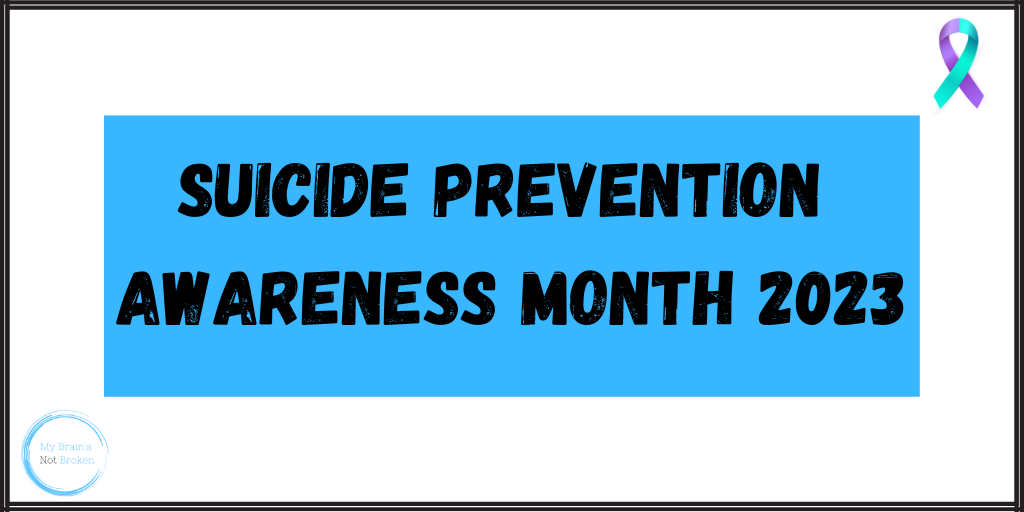
As I wrote in my post earlier this month, September is Suicide Prevention Awareness Month. The month is an important time for us to have the conversations we need about suicide and suicide prevention. In addition to having conversations and sharing stories, it’s also important to share data and statistics that help frame the conversation and raise awareness. Today I want to share some important statistics in an effort to raise awareness about the growth and prevalence of suicide as a public health problem.
From the American Foundation for Suicide Prevention (2021 data):
- Suicide is the 11th leading cause of death in the United States
- In 2021, 48,183 Americans died by suicide
- In 2021, there were an estimated 1.70 million suicide attempts
- The suicide rate is highest among middle-aged white men.
- In 2021, men died by suicide 3.90 times more than women.
- On average, there are 132 suicides per day.
- 94% of adults surveyed in the United States believe that suicide can be prevented.
From the Center for Disease Control and Prevention:
- Overall, the number of deaths by suicide increased from 2021 to 2022 by 2.6 percent
- In 2021, 12.3 million adults seriously thought about suicide
- 3.5 million adults made a plan
- Suicide rates increased by 37% between 2000-2018 and decreased by 5% between 2018-2020. However, rates almost peaked again in 2021.
Besides, The CDC also reported that in a recent survey 22% of high school students said they had seriously considered suicide in the past year, up from 16% in 2011. 18% said they had made a suicide plan and 10% said they had attempted suicide at least once. time, compared to 13%. % and 8%, respectively, 10 years earlier. All race, ethnicity, and sex demographic groups experienced increases in suicide risk since 2011.
- Suicide is the second leading cause of death among youth ages 10-24, and LGBTQ+ youth are at significantly higher risk.
- 45% of LGBTQ youth seriously considered attempting suicide last year, including more than half of transgender and nonbinary youth.
- Research from the Trevor Project has found that they were 2.5 times more likely to report a suicide attempt in the past year (33%) compared to their LGBTQ peers (14%).
From the National Alliance on Mental Illness:
- Suicide is the second leading cause of death among people ages 10 to 14 and the third leading cause of death among people ages 15 to 24 in the US.
- 46% of people who die by suicide had a diagnosed mental health condition.
- 90% of people who die by suicide may have experienced symptoms of a mental health condition, according to interviews with family, friends, and medical professionals (also known as a psychological autopsy).
These numbers paint a pretty clear picture of what suicide and suicide prevention looks like in the United States. In order to discuss suicide, it is imperative that we know what we are dealing with. Data shows that in recent decades, suicide numbers have increased dramatically. And instead of ignoring these numbers and treating them as an anomaly, we should include them in our conversations about mental illness, mental health, and suicide.
While I know sharing these statistics may seem pessimistic or discouraging, my goal is to do the opposite. Sharing these statistics in this way can help raise awareness and educate people about the prevalence of suicide. Hopefully, by sharing information like this, we can improve the way we approach suicide and suicide prevention.








